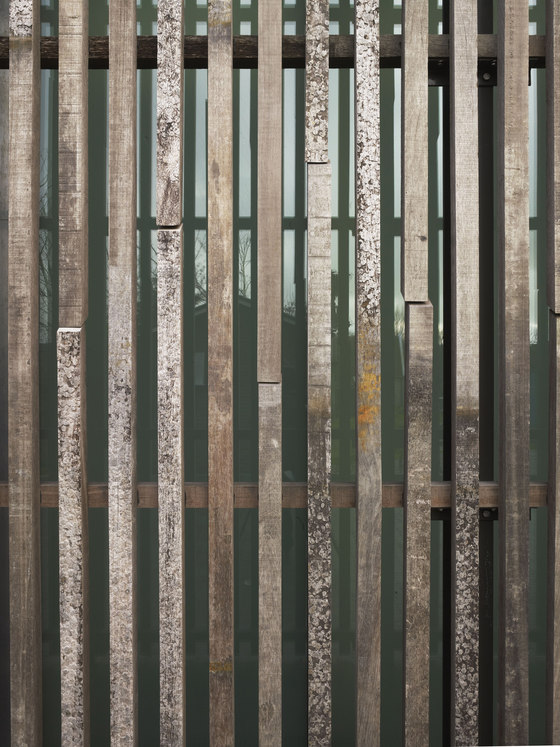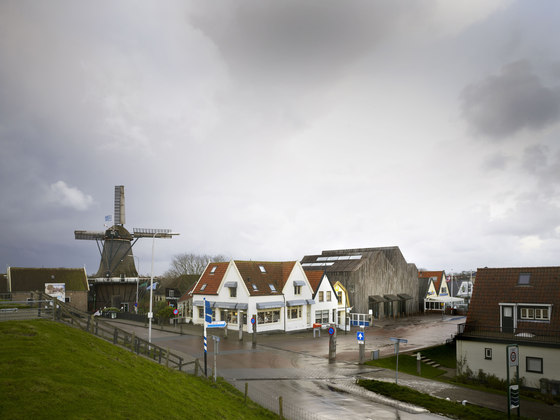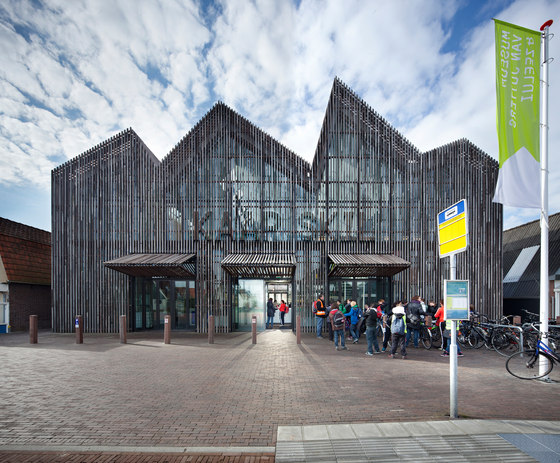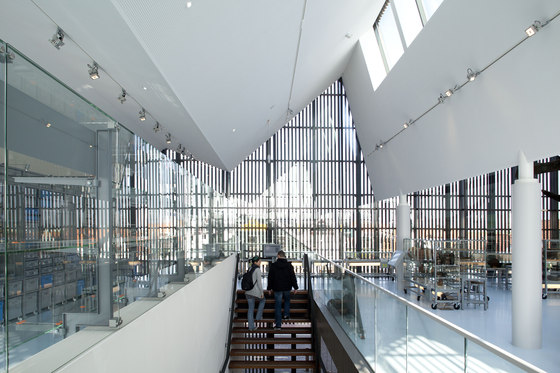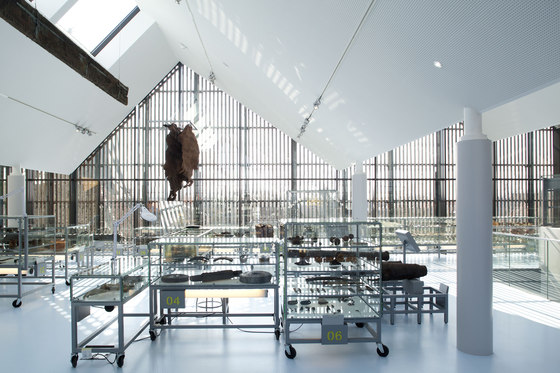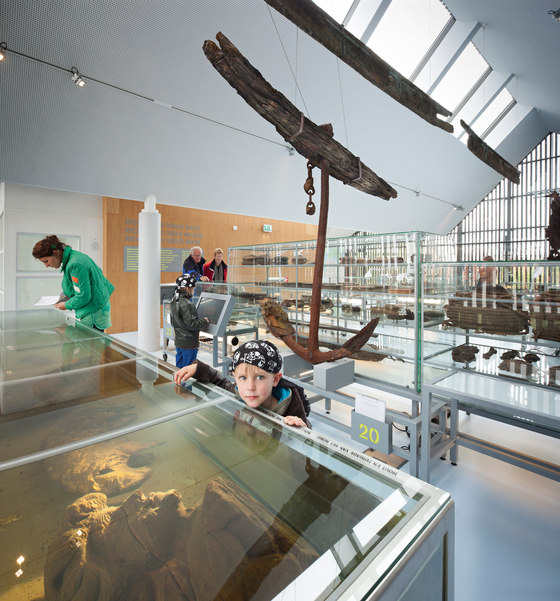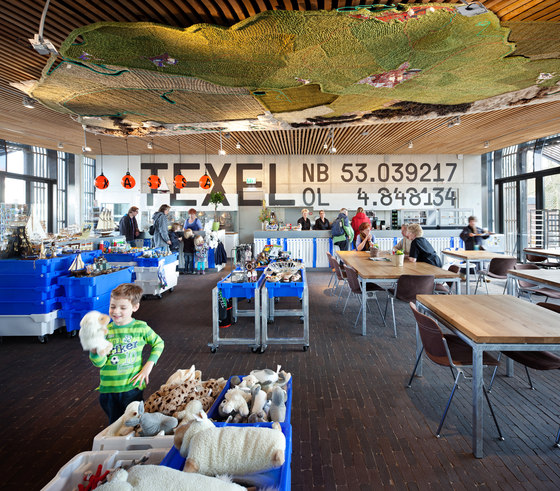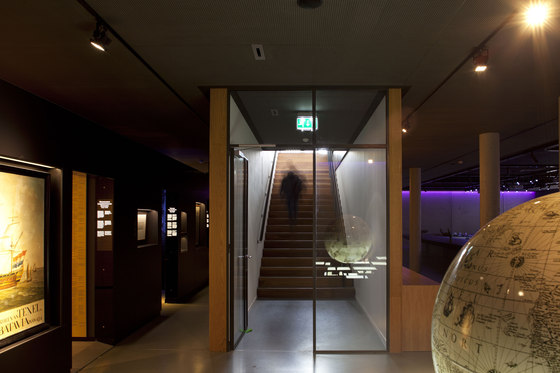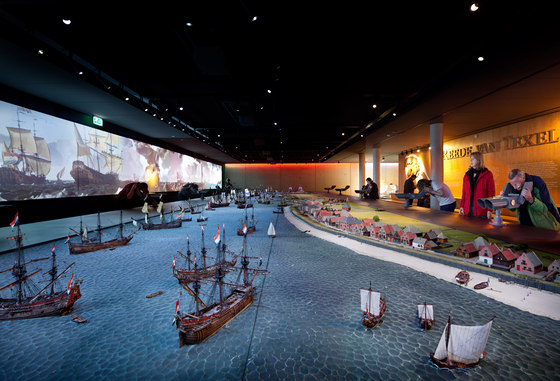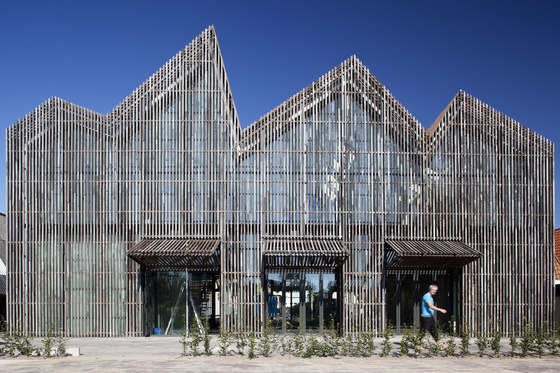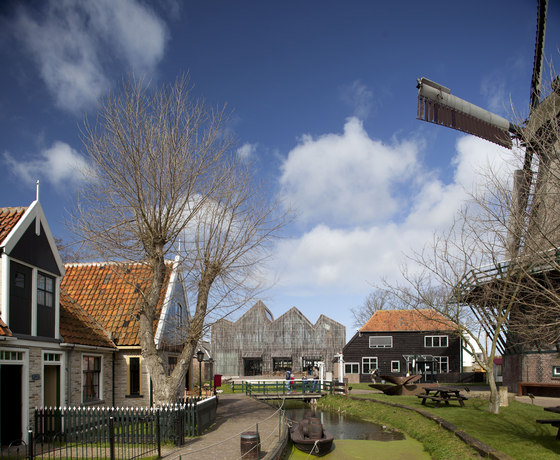Tourist attraction
The island of Texel is situated in the Waddenzee (Wadden Sea) and is the largest of the Dutch Wadden Islands. Every year over a million tourists visit the island, which is only accessible by plane, boat or ferry. Few however will be familiar with the glorious history of Texel and its links with the Dutch East India Company. In the seventeenth and eighteenth centuries the Company’s fleet used the anchorage of Texel as its departure point for expeditions to the Far East.
The ships waited there for a favourable wind before weighing anchor and sailing off to the Orient. While they waited, maintenance work and small repairs were carried out, victuals and water were brought on board and families could see their loved ones one last time. Many painters visited the ‘Reede van Texel’ (Texel’s offshore anchorage) to depict on canvas the fleet of the Dutch Republic.
In the new entrance building of the maritime and beachcombers museum, Kaap Skil, in the hamlet of Oudeschild, the public is taken back in time to the Dutch Golden Age. The showpiece of the museum is an eighteen-metre long, four-metre deep model of the Reede van Texel, displaying in great detail the impressive spectacle of the dozens of ships anchored off the coast of the Wadden Island.
Typical gable roofs
The museum is designed with four playfully linked gabled roofs that interpret the rhythm of the surrounding roof tops, which seen from the sea, resemble waves rising out above the dyke. ‘The sea takes away and the sea provides’ – this is a saying that the people of Texel know very well. For hundreds of years they have made grateful use of driftwood from stranded ships or wrecks to build their houses and barns.
The wooden facade of Kaap Skil is a good example of this time-hallowed tradition of recycling. The vertical wooden slats are made of sawn hardwood sheet-piling from the North Holland Canal and have been given a new life just like the objects in the museum collection.
From within, the glass facade in front of the wooden slats allows an inviting view of the outdoor museum terrain and the famous North Holland skies to visitors of the museum café. Inside the building the slats cast a linear pattern of daylight and shadow creating an atmosphere infused with light and shelter.
Daylight and artificial light
The entrance and the museum café form a natural frontier between the world of the Reede van Texel in the basement and that of the underwater archaeology on the first floor. The contrast between the two worlds is reinforced by the different experiences of light and space. In the basement visitors are drawn around the exhibition by projections and animations, creating an intimate space that harbours a sense of mystery.
On the first floor the North Holland sky floods the objects on display with light. The movable showcases of robust steel frames and glass create a transparent effect so that the objects in the collection seem to float within the space. Under the high gabled roofs the visitor is empowered to witness the sizable collection, the museum grounds and the village of Oudeschild in one glance.
Maritiem & Jutters Museum, Oudeschild
Mecanoo


